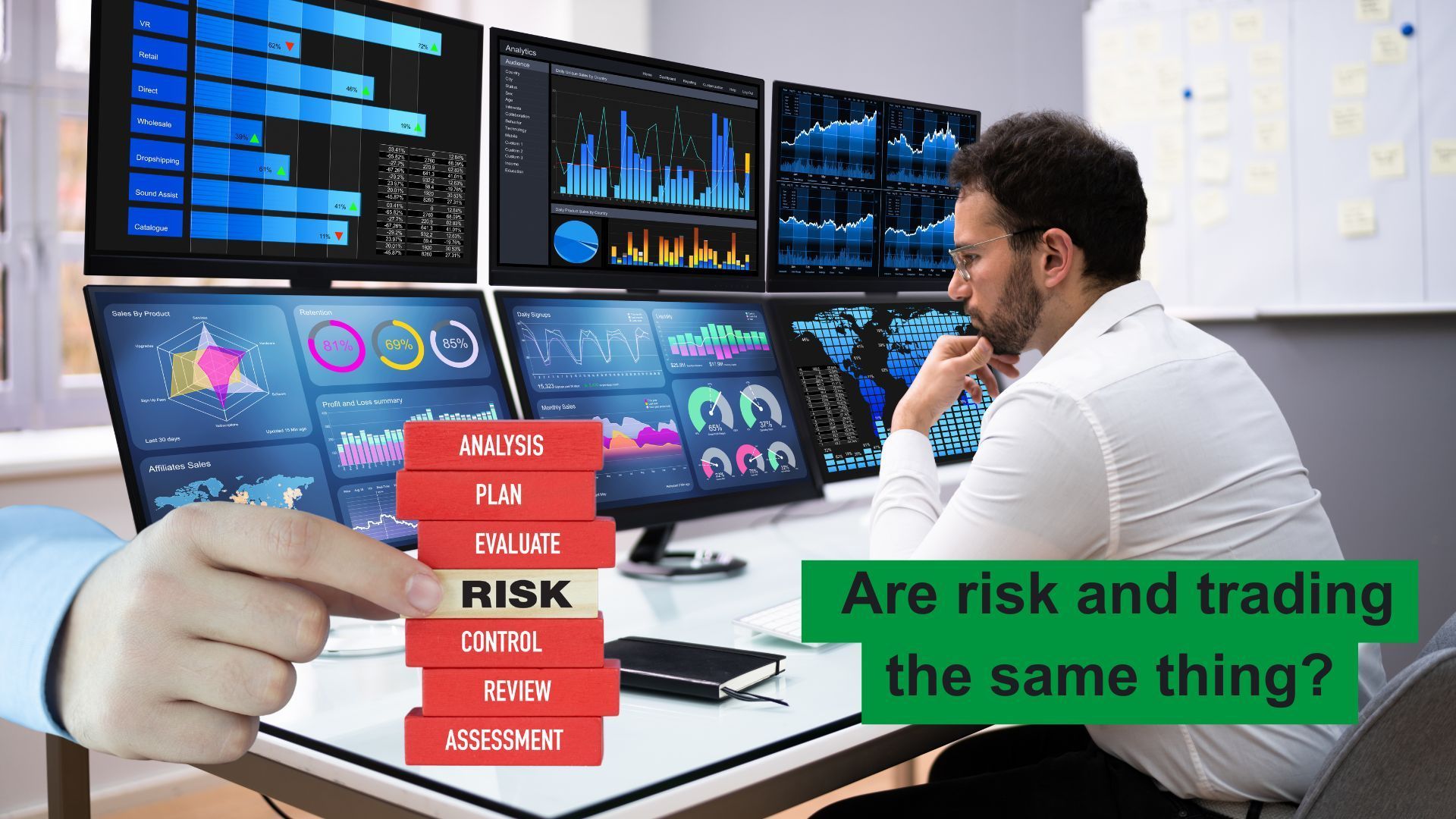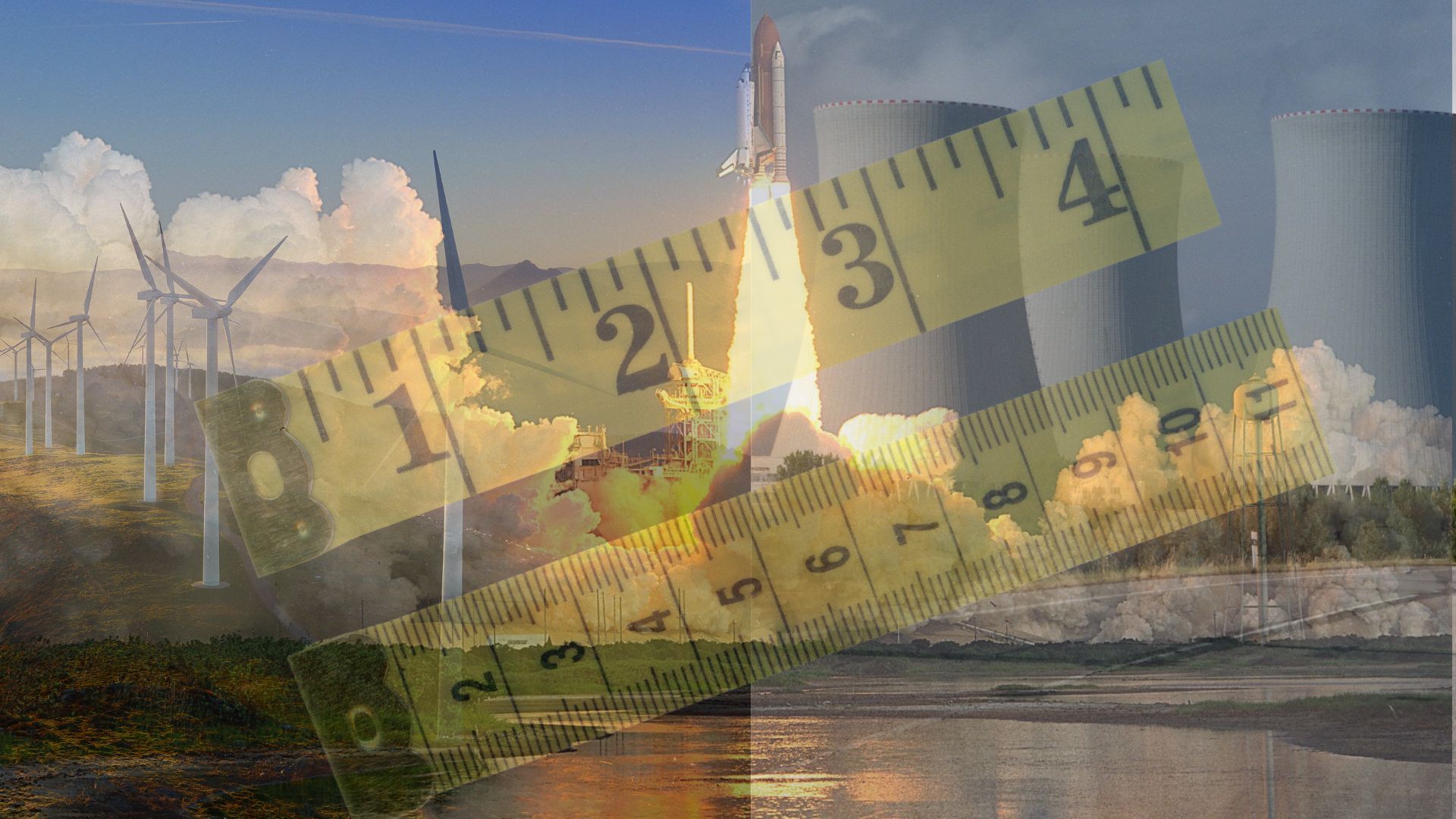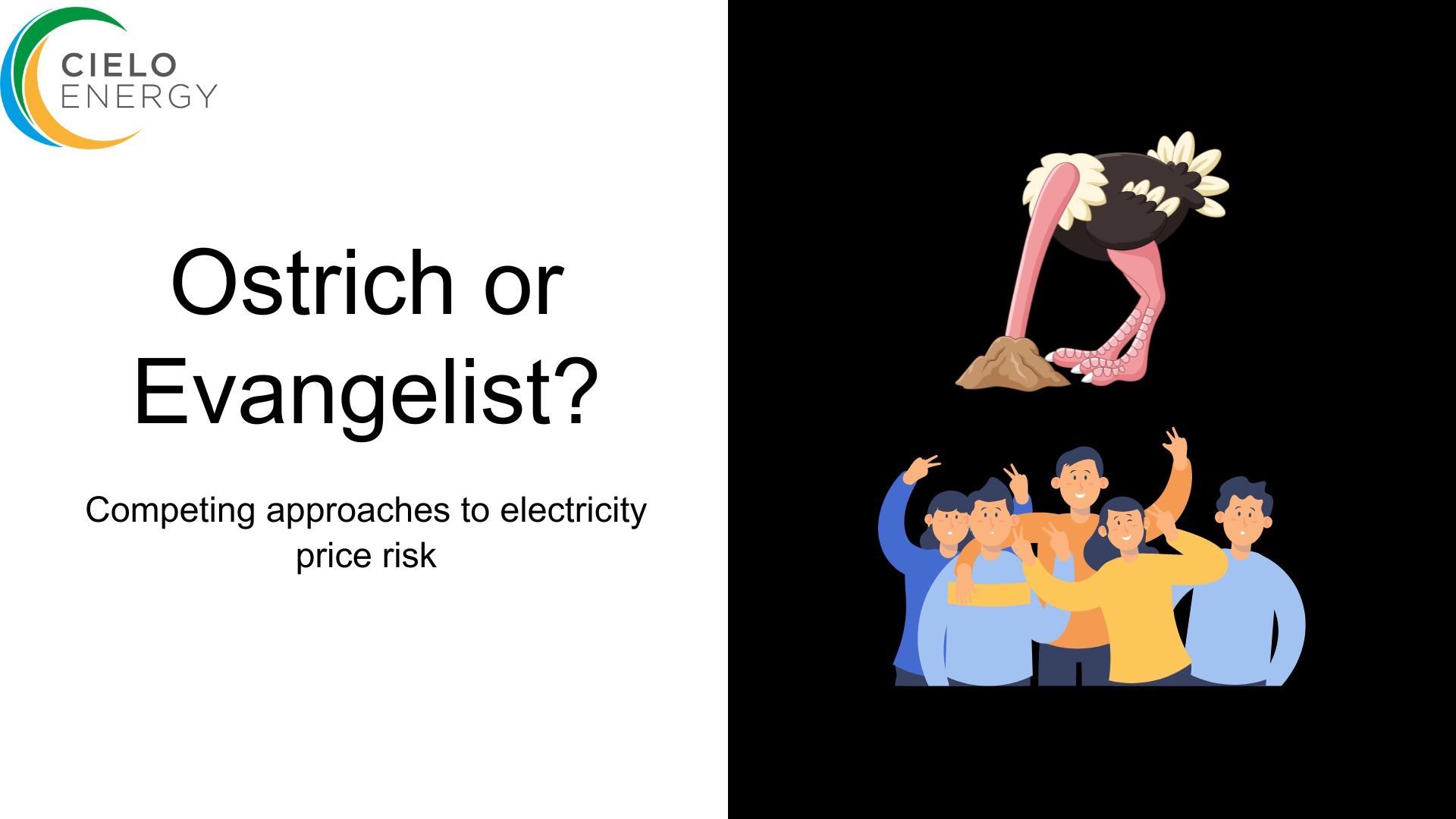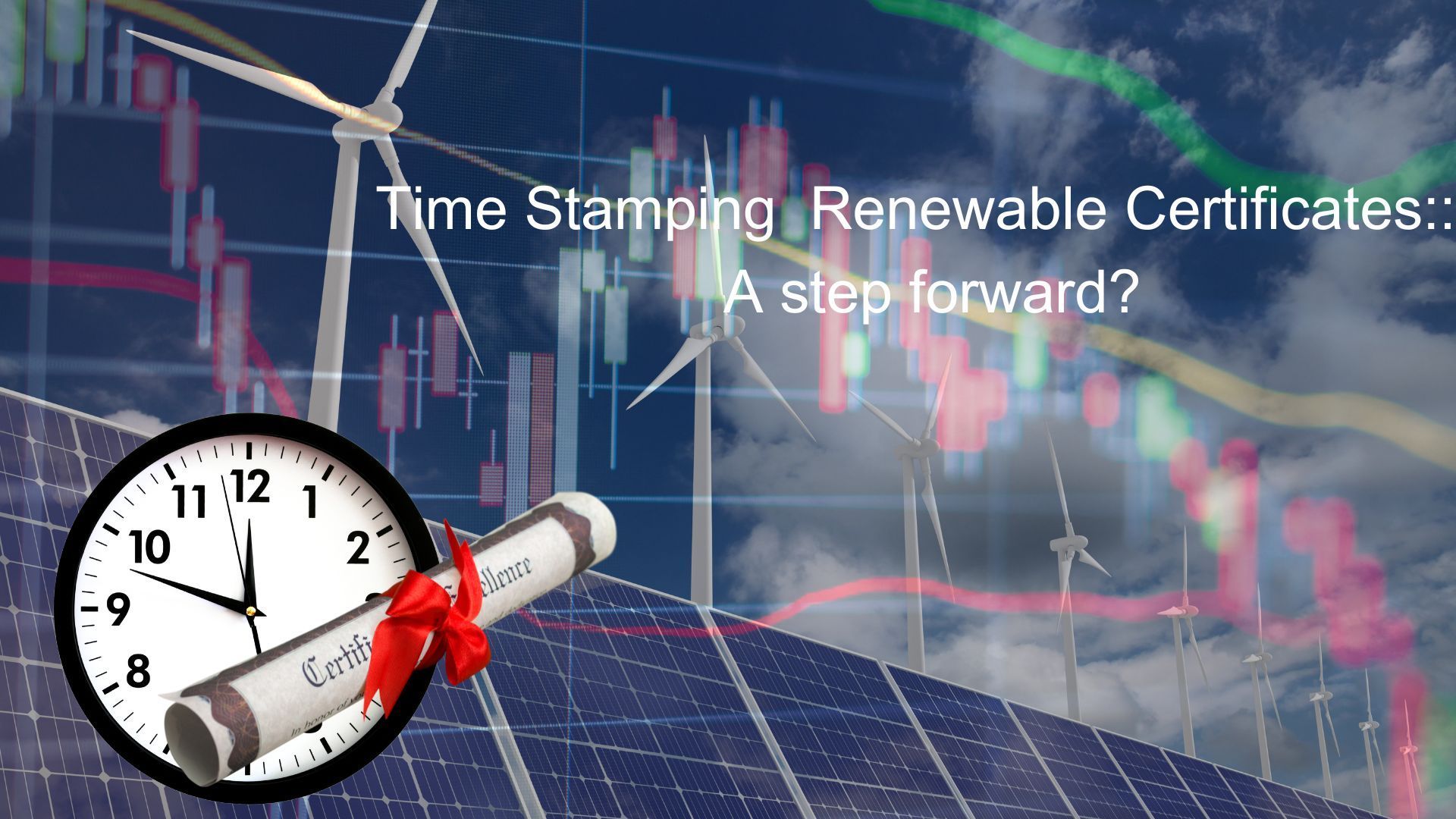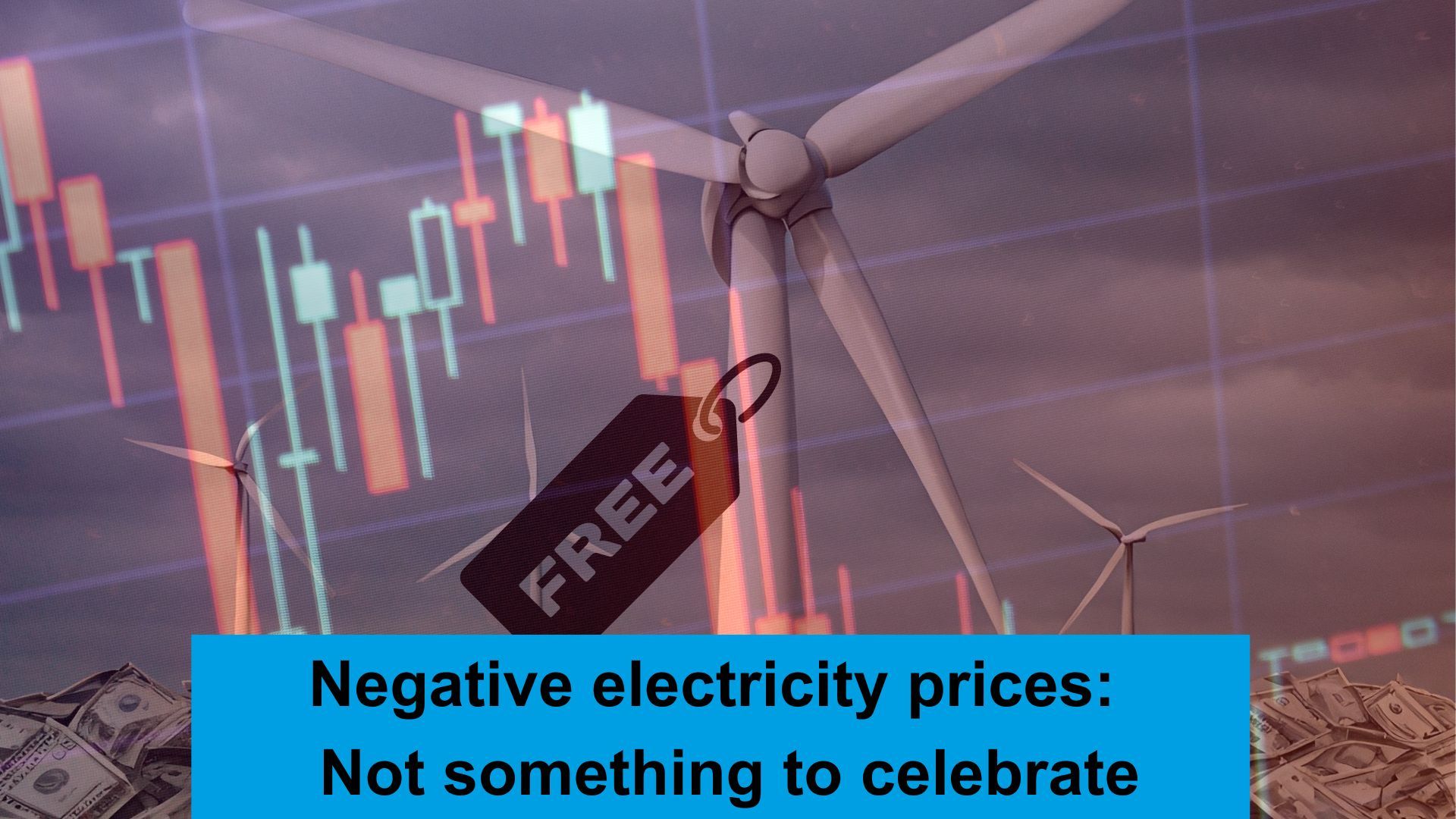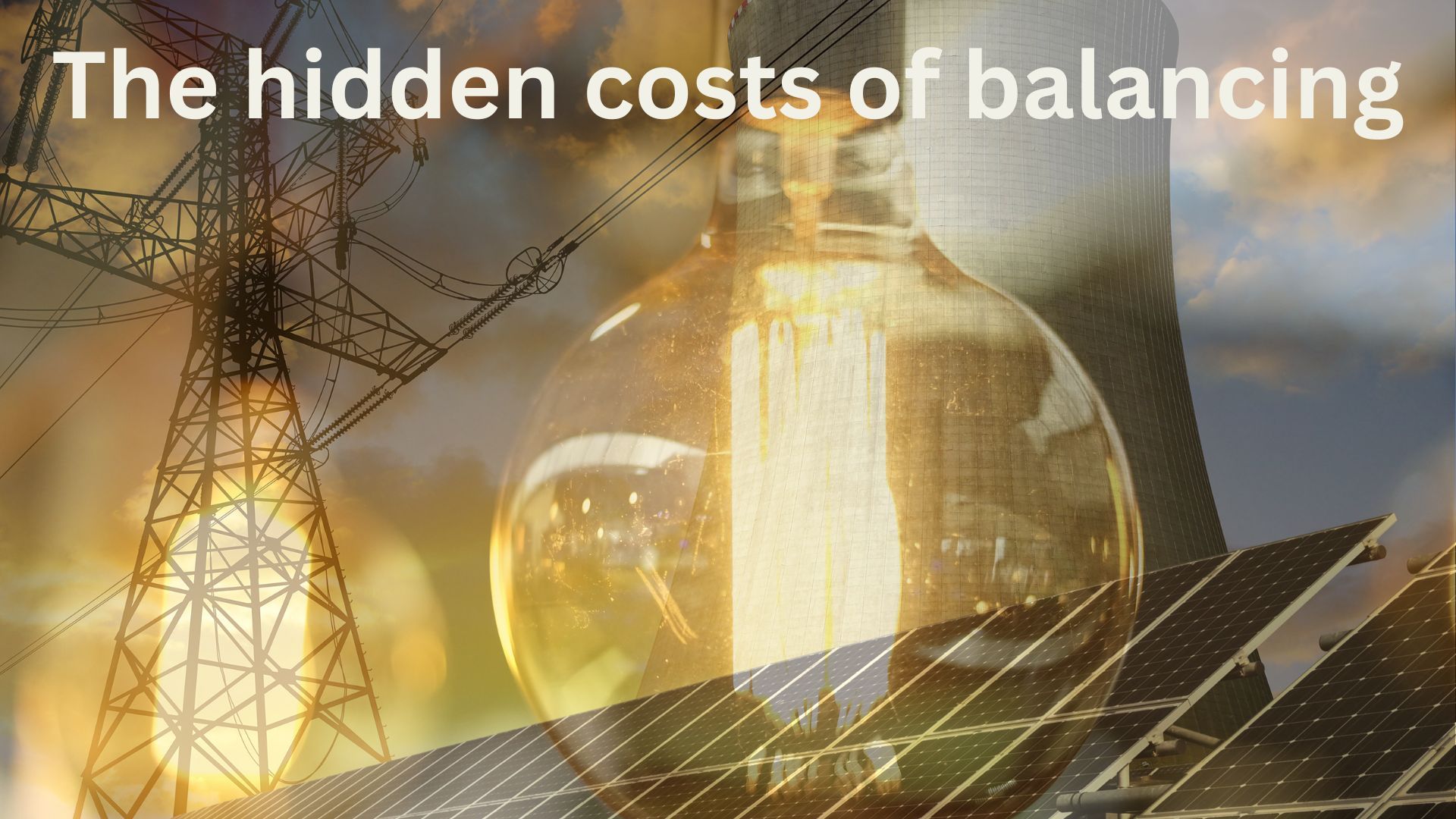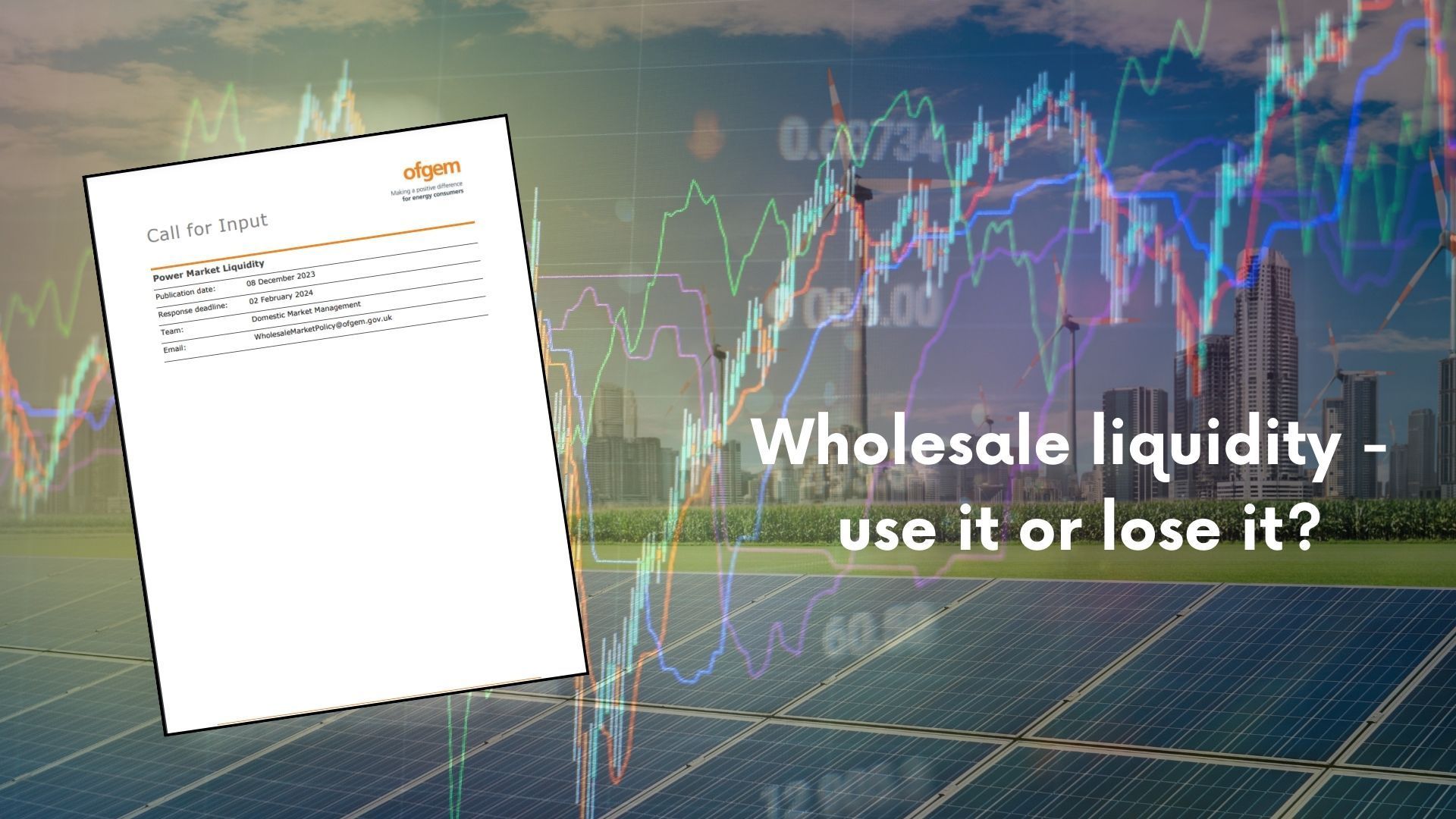Government's call for evidence on energy retail signposts the future

Read any regulatory call for evidence or policy document and its generally clear where things are headed. It is a rare event for policy to shift following a consultation, so with that in mind what does the future of energy retail have in store…
According to ESNEZ
‘𝒘𝒉𝒊𝒔𝒕 𝒕𝒉𝒆𝒓𝒆 𝒊𝒔 𝒂 𝒃𝒓𝒐𝒂𝒅 𝒄𝒐𝒏𝒔𝒆𝒏𝒔𝒖𝒔 𝒕𝒉𝒂𝒕 𝒕𝒉𝒆 𝒄𝒖𝒓𝒓𝒆𝒏𝒕 𝒓𝒆𝒕𝒂𝒊𝒍 𝒎𝒂𝒓𝒌𝒆𝒕 𝒊𝒔 𝒖𝒏𝒍𝒊𝒌𝒆𝒍𝒚 𝒕𝒐 𝒅𝒆𝒍𝒊𝒗𝒆𝒓 𝒕𝒉𝒆 𝒊𝒏𝒏𝒐𝒗𝒂𝒕𝒊𝒐𝒏 𝒓𝒆𝒒𝒖𝒊𝒓𝒆𝒅 𝒇𝒐𝒓 𝒂 𝒏𝒆𝒕 𝒛𝒆𝒓𝒐 𝒆𝒏𝒆𝒓𝒈𝒚 𝒔𝒚𝒔𝒕𝒆𝒎, 𝒕𝒉𝒆𝒓𝒆 𝒊𝒔 𝒏𝒐 𝒔𝒖𝒄𝒉 𝒄𝒐𝒏𝒔𝒆𝒏𝒔𝒖𝒔 𝒐𝒏 𝒕𝒉𝒆 𝒆𝒙𝒕𝒆𝒏𝒕 𝒕𝒐 𝒘𝒉𝒊𝒄𝒉 𝒈𝒐𝒗𝒆𝒓𝒏𝒎𝒆𝒏𝒕 𝒊𝒏𝒕𝒆𝒓𝒗𝒆𝒏𝒕𝒊𝒐𝒏 𝒊𝒔 𝒏𝒆𝒆𝒅𝒆𝒅 𝒐𝒓 𝒐𝒏 𝒘𝒉𝒆𝒓𝒆 𝒊𝒏𝒕𝒆𝒓𝒗𝒆𝒏𝒕𝒊𝒐𝒏𝒔 𝒔𝒉𝒐𝒖𝒍𝒅 𝒃𝒆 𝒕𝒂𝒓𝒈𝒆𝒕𝒆𝒅’
The current call for evidence (closing date 18th September) provides a view of government leaning (as always). SO what does it tell us…
𝐓𝐡𝐞 𝐬𝐮𝐩𝐩𝐥𝐢𝐞𝐫 𝐡𝐮𝐛 𝐦𝐨𝐝𝐞𝐥 𝐫𝐞𝐦𝐚𝐢𝐧𝐬 𝐟𝐨𝐫 𝐧𝐨𝐰…
The current market provides a single primary relationship between a customer and the industry, the supplier. The supplier provides all the regulated elements and obligations in exchange for the ability to invoice customers directly.
Government appears to recognise the difficulties in accommodating ‘non-traditional’ retailers in this approach and wants to review alternatives where possible. This is far from simple to solve.
The challenge in developing alternative supply models is the transition from sandbox to the main market is then very complex as it still requires a supplier to manage the wider market interfaces and obligations.
For some suppliers this has created an opportunity to be the provider of access, but it gives a near monopoly on access for tech-enabled suppliers and moves profit out of the regulated environment. Is this good for overall market long-term development, or suppliers that don’t engage?
𝐃𝐨𝐦𝐞𝐬𝐭𝐢𝐜 𝐟𝐥𝐞𝐱𝐢𝐛𝐢𝐥𝐢𝐭𝐲 𝐢𝐬 𝐚 𝐠𝐢𝐯𝐞𝐧, 𝐛𝐮𝐬𝐢𝐧𝐞𝐬𝐬 𝐥𝐞𝐬𝐬 𝐬𝐨…
The assumption that domestic tariffs will become some form of time of use appears to be hard-wired into government thinking. Hardly surprising given DSO, ESO and tech-businesses constantly announcing new ways of paying for flexibility – although what is less mentioned is that payments are ultimately from one set of customers to another rather than company XXX paying customers.
This may create challenges in budgeting for some as it passes more market risk directly to end users, but the regulatory direction appears to be clear. The expectation that there are no losers in this approach appears odd, and will likely return over the coming years.
For domestic customers the expectation of full half-hourly settlement driving complex tariffs is clear. In the B2B space there is less clarity. This aligns with the general approach seen in I&C where flexible products provide market access to simple products for trading purposes (although price passthrough may catch signals in volatility from non-commodity costs).
The development of commodity and non-commodity price signals will be interesting to watch, as the alternative energy market (AEM) work from government looks to sharpen price signals further.
𝐍𝐨𝐧-𝐜𝐨𝐧𝐭𝐫𝐚𝐜𝐭 𝐩𝐫𝐨𝐝𝐮𝐜𝐭𝐬 𝐰𝐢𝐥𝐥 𝐫𝐞𝐦𝐚𝐢𝐧 𝐚 𝐜𝐡𝐚𝐥𝐥𝐞𝐧𝐠𝐞…
The complexity of domestic variable, and business Deemed products remains, whatever the market rules.
Disengaged customers need access to the energy markets and products. However, the complexity in pricing, billing and getting paid by them creates many unknowns.
Managing the overall market transition, whilst not placing lots of new costs on those that choose not to engage will likely occupy a huge amount of time over the coming years. With so much cost included in energy prices that is nothing to do with the commodity itself this is a space to watch both for suppliers, consumers and NGOs.
The political desire for retail innovation to support the net zero transition is clear, but the path towards it has many potential routes and dead ends. Today’s products and services may not survive, and the risk profile of businesses and consumers is going to change.
Staying on top of changes and adapting offerings will be key to long term success.
Share this on social media

